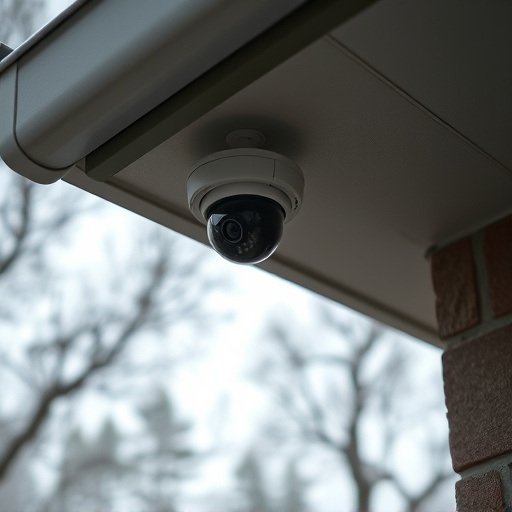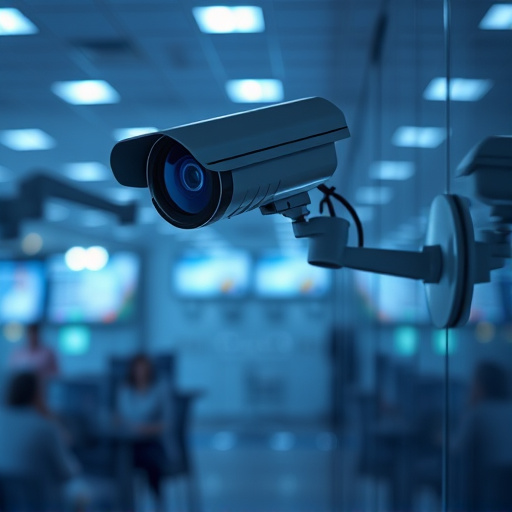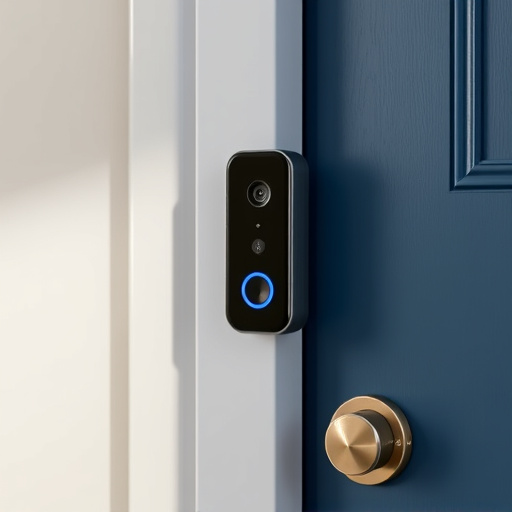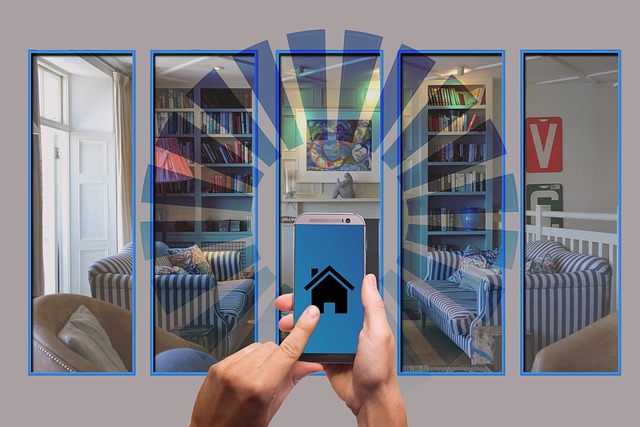The beginners guide to smart safety offers a tech-driven approach to home protection. By connecting devices via Wi-Fi or Bluetooth, users can remotely monitor and control their homes with live footage, motion sensors, and door/window contact sensors. It emphasizes convenience with alarm control, instant notifications, and remote access. Selecting suitable security cameras, smart door locks, motion sensors, smart lighting, and integrating voice assistants are key steps for beginners to enhance peace of mind and home protection.
Looking to transform your home into a fortress? Discover the power of smart home security in this beginner’s guide. Learn how everyday devices can bolster your safety net, from crisp HD camera views with motion detection to voice-controlled automation. Unlock the benefits of smart locks, lighting that responds to movement, and more, creating a safe haven tailored for modern living.
- Understanding Smart Home Safety Basics
- Choosing the Right Security Cameras
- The Power of Smart Door Locks
- Integrating Motion Sensors for Peace of Mind
- Smart Lighting: Illuminating Your Security
- Automate with Voice Assistants for All-Around Protection
Understanding Smart Home Safety Basics
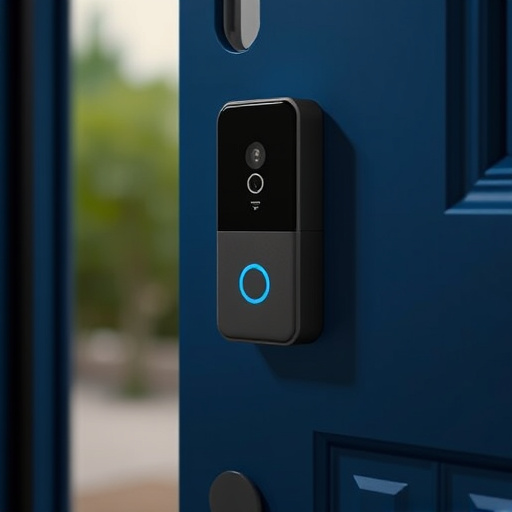
For those new to the concept, a beginners guide to smart home safety reveals a world where technology enhances peace of mind and protection. Smart home security devices connect via Wi-Fi or Bluetooth, allowing you to monitor and control access remotely from your smartphone or tablet. This includes security cameras that send live footage to your device, motion sensors that trigger alerts when activity is detected, and door/window contact sensors that notify you of any unauthorized entries.
At its core, the beginners guide to smart safety emphasizes convenience and peace of mind. You can arm and disarm alarms from your phone, receive instant notifications when sensors are triggered, and even allow trusted individuals access to your home remotely. This level of control and visibility means you’re always one step ahead in protecting what matters most.
Choosing the Right Security Cameras
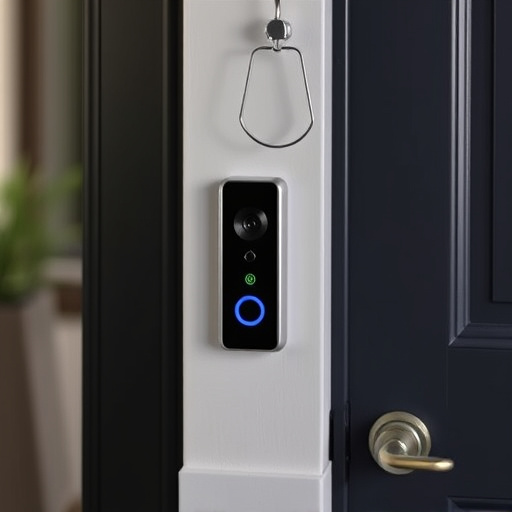
When it comes to enhancing your home’s security, selecting the appropriate security cameras is a crucial step for any beginner in the smart safety realm. The first consideration is understanding your needs and space. Different camera types offer various features; some are ideal for indoor use with night vision capabilities, while others are designed for outdoor durability. Wireless cameras provide flexibility but require reliable power backup, whereas wired options ensure consistent performance.
For beginners, a simple DIY setup might be sufficient. Positioning cameras at entry points and common areas covers the basics. Advanced models offer motion detection alerts, cloud storage for footage, and even remote access through apps. Additionally, considering factors like resolution (HD or 4K) ensures clear images, and dual-way audio allows communication with visitors. With so many options, a beginners guide to smart safety recommends researching and choosing cameras that align with your budget and desired level of security.
The Power of Smart Door Locks
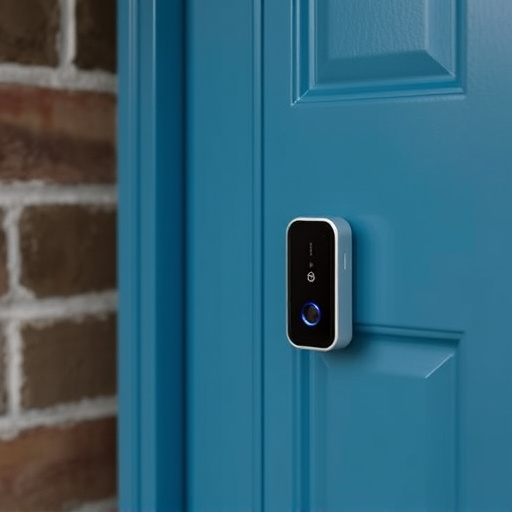
In the realm of home security, smart door locks are transforming the way we protect our spaces. For those new to the concept, a smart lock is an electronic device that replaces or enhances traditional mechanical locking mechanisms. It offers a beginner-friendly guide to upgrading your home’s safety with advanced technology.
These innovative devices provide remote control and monitoring capabilities, allowing you to secure your doors from anywhere. Through compatible apps, users can grant or deny access, receive notifications when someone enters or leaves, and even enable keyless entry for authorized individuals. Smart door locks also offer enhanced security features like advanced encryption, biometric authentication, and real-time alerts, ensuring peace of mind and a more robust defense against potential intruders.
Integrating Motion Sensors for Peace of Mind
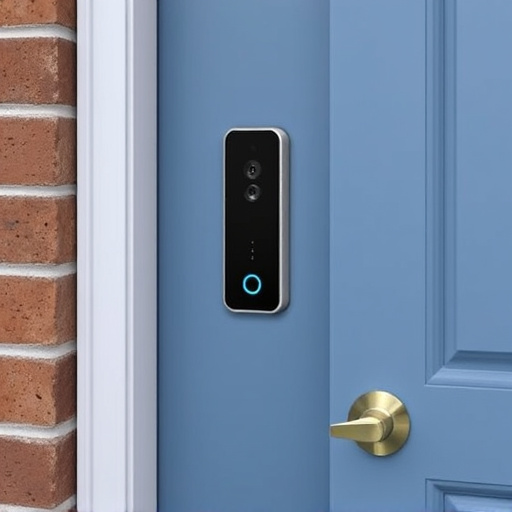
For those new to the world of smart home security, integrating motion sensors is a fantastic place to start. These devices are a beginners’ guide to enhancing your home’s safety and providing peace of mind. They work by detecting any movement or changes in an area, allowing you to stay alert about potential intruders. Whether it’s a simple door or window sensor or more advanced options that track people and pets, these sensors can be tailored to fit any homeowner’s needs.
Imagine receiving alerts on your phone whenever there’s unusual activity in your home—a beginner-friendly approach to smart safety involves setting up such notifications so you’re always informed. Plus, many motion sensors come with features like automatic lighting adjustments or the ability to control smart locks remotely, offering versatility and convenience alongside enhanced security.
Smart Lighting: Illuminating Your Security
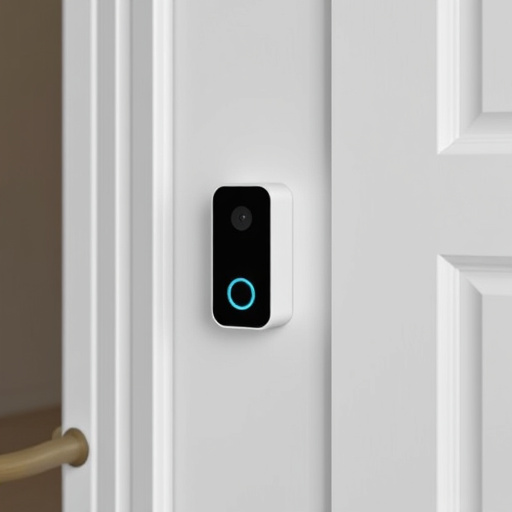
Smart lighting is a key component in enhancing your home’s security as part of a beginners guide to smart safety. Traditional bulbs are no match for the advanced features offered by smart lights. These devices can be controlled remotely via your smartphone, allowing you to turn them on or off from anywhere at any time. This not only provides convenience but also adds an extra layer of protection—if a potential intruder enters your home while your lights are off, they’ll be caught in a well-lit space, deterring further intrusion.
Moreover, smart lighting systems can learn your routines and automatically adjust to them. They can detect when you’re away from home and dim the lights accordingly, making it appear as if someone is present. This feature, coupled with motion sensors that trigger lights upon detection, creates an environment where potential intruders are quickly noticed, adding another measure of security to your space.
Automate with Voice Assistants for All-Around Protection
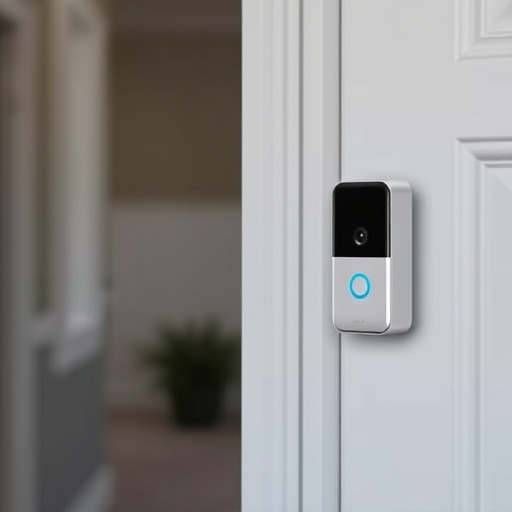
One of the simplest ways to enhance your home’s security with a beginners guide to smart safety is by integrating voice assistants like Amazon Alexa or Google Assistant. These devices act as a central command center, allowing you to automate various security tasks with just your voice. For instance, arming and disarming your security system, checking door and window locks, and monitoring cameras can all be done without having to remember passwords or fumble for apps.
By linking these assistants to your smart home hub, you create an all-around protective network. You can set up automated routines that ensure your home is secure at all times. For example, when you leave the house, a simple voice command can lock all doors and turn off lights, while returning home triggers the opposite actions, providing peace of mind and an extra layer of protection.
For those new to the world of smart home security, this beginner’s guide has offered a comprehensive overview of essential devices and strategies. By implementing these smart solutions, you can transform your home into a fortified fortress, enhancing safety without compromising comfort. Remember, the key to effective smart home security lies in choosing the right tools for your needs, ensuring seamless integration, and staying updated with the latest advancements. With this knowledge, you’re well-equipped to secure your sanctuary in today’s digital age.
